Bruce Betts • Feb 16, 2022
Announcing the 2021 Shoemaker NEO Grant Winners
The Planetary Society is excited to announce the latest round of winners in our Shoemaker Near Earth Object (NEO) Grant program, named after pioneering planetary geologist Gene Shoemaker. Shoemaker grants support very advanced amateur astronomers around the world in their efforts to find, track, and characterize near Earth asteroids.
Though dedicated professional telescopes make the majority of NEO discoveries now, they don’t have the needed observing time or geographical distribution to do everything needed with NEOs. That is where our Shoemaker grant winners come in making important contributions to three areas of planetary defense:
Characterization: Some winners focus on asteroid characterization to determine asteroid properties. They typically carry out photometry (brightness) studies to determine properties like spin rate and whether what looks like one asteroid is actually two asteroids — a binary pair. This type of information will be crucial when an asteroid deflection is required, and in the meantime, for understanding the near-Earth asteroid population in general.
Tracking: Other winners focus on astrometric (sky position) tracking observations that are necessary for calculating orbits, which tells us whether an asteroid will hit Earth. Without these follow-up observations of newly discovered asteroids, the asteroids can even be lost.
Discovery: Because currently most professional NEO surveys that discover asteroids are in the northern hemisphere, there is still need for discovery as well as follow up tracking in the southern hemisphere.
This round’s winners continue a long tradition of Planetary Society-supported planetary defense, protecting the Earth from the threat of asteroid impacts. Thanks to our generous members, we were able to award more proposers more money than ever before: $74,375. The eight winners are from seven countries on three continents. Over the 24-year history of the program, approximately $515,000 has been granted to 70 winners in 21 countries on six continents. Here are summaries of the newest winners.
Vladimir Benishek of Sopot Astronomical Observatory in Serbia is awarded $9,500 to purchase a 61-centimeter (24-inch) mirror optical set to use in a new telescope he is constructing that will allow observations of fainter asteroids. The system will be used primarily for asteroid characterization studies, specifically photometry (brightness) measurements used to determine light curves (brightness with time) that facilitate the determination of spin rates and discovery of binary asteroids: where there are two asteroids rather than just one. As part of a consortium of observers, Benishek has discovered the binary nature of many tens of asteroids. Benishek was a 2017 Shoemaker NEO Grant winner.

Fabrizio Bernardi and Maura Tombelli of Gr.A.M. (Gruppo Astrofili Montelupo) at the Beppe Forti Observatory in Italy are awarded $13,000 for a new camera with larger CCD detector that will provide a much larger field of view (40 x 40 arcminutes). That will enable detection of fainter NEOs by using longer observations while still keeping the moving asteroid within the field of view. The 65-member Gr.A.M (Montelupo’s group of amateur astronomers) operates the Beppi Forti Observatory. They focus on follow-up astrometry of recently discovered asteroids to determine orbits.
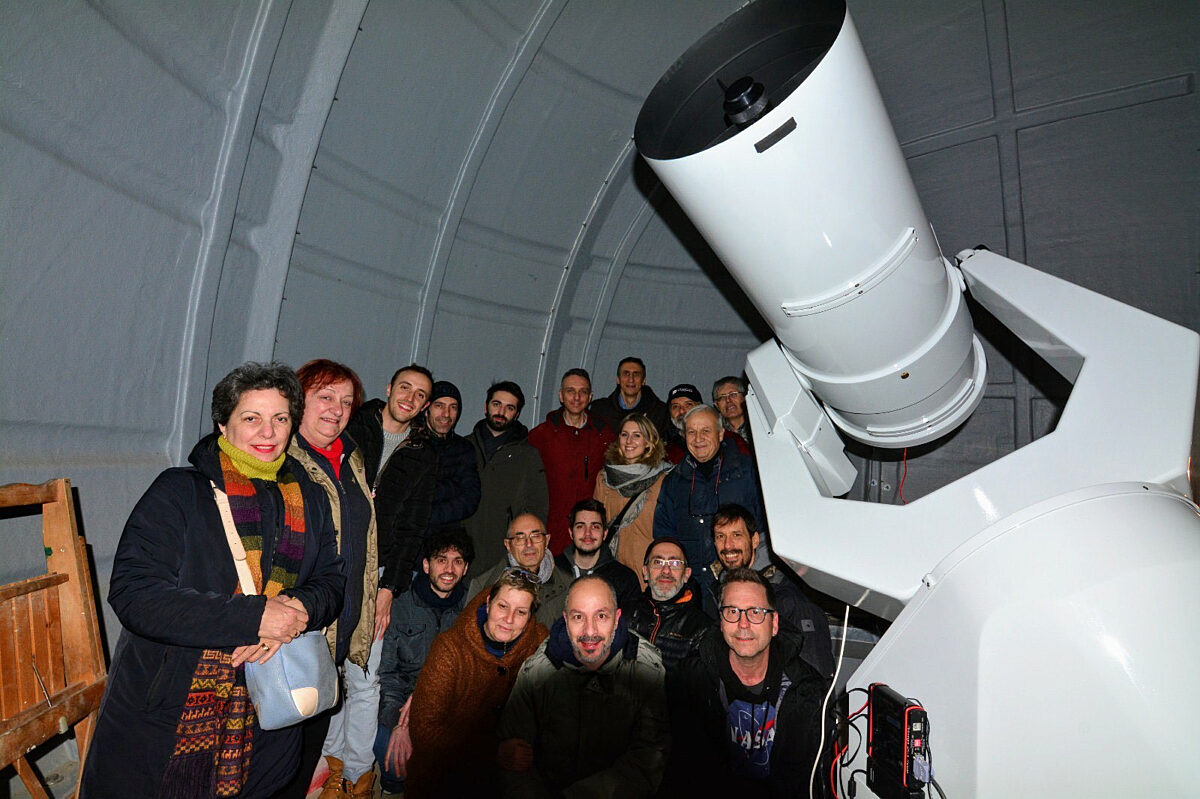
Massimo Calabresi, Roberto Haver, and Raniero Albanesi of Associazione Romana Astrofili in Italy are awarded $7,329 for a replacement more sensitive camera and new filters. The camera will increase their sensitivity to reach V = 21-21.5 magnitudes which will facilitate follow up tracking observations of more NEOs just after discovery by the large professional surveys. The filters will improve their observations.
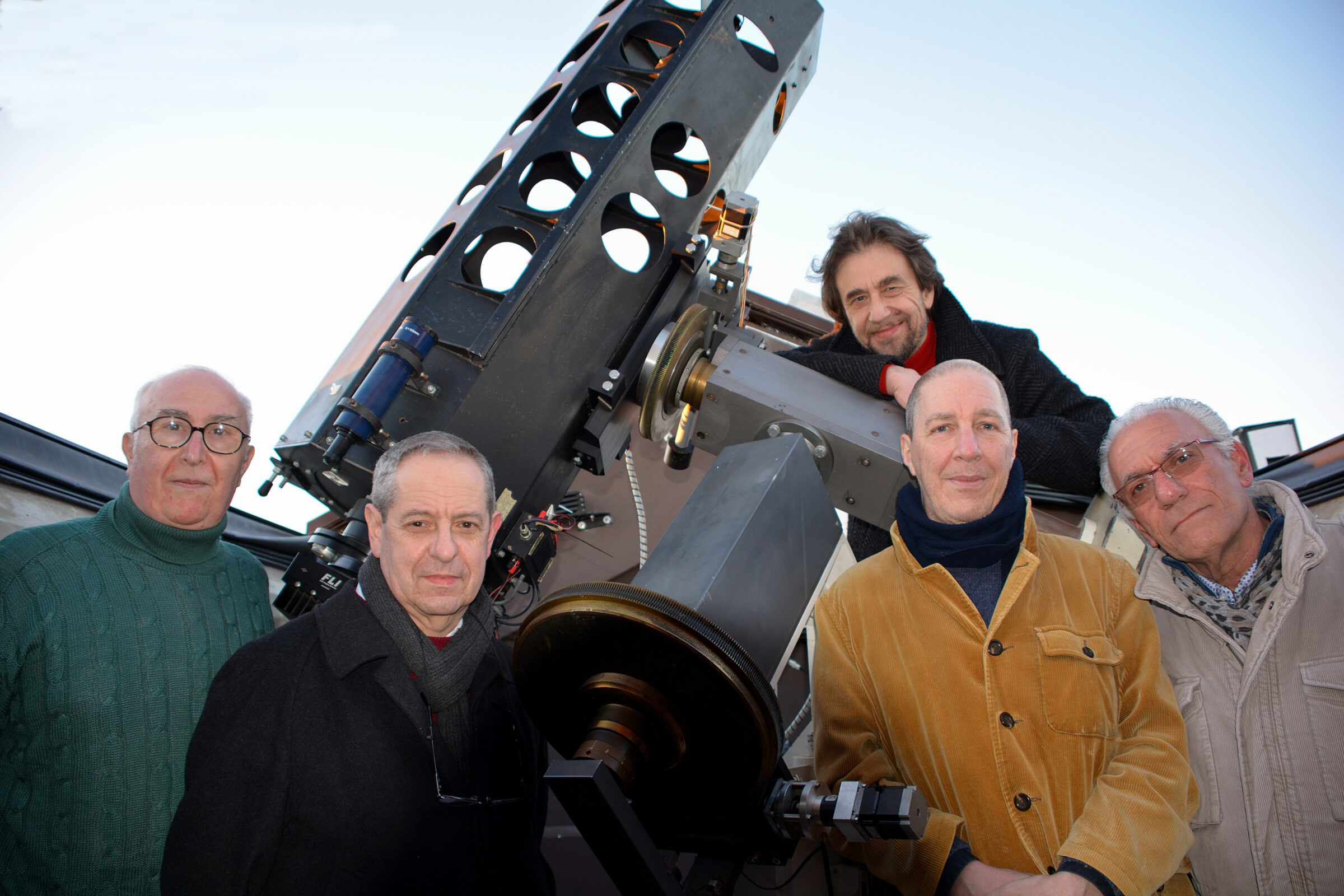
Gary Hug, David Cromer, Doug Goodin, and Russell Valentine of the Northeast Kansas Amateur Astronomers League, Inc at Farpoint Observatory in Kansas in the United States is awarded $11,591 to replace a 10+ year old camera on their 0.7-meter telescope with a new technology CMOS camera which, with associated filters will allow them to improve and increase follow-up of faint NEOs and asteroid characterization. This will complement their replacement 0.7 meter mirror that will have a larger field of view. They were Shoemaker Grant winners in 2018.

Cristóvão Jacques, João Ribeiro, and Eduardo Pimentel of SONEAR (Southern Observatory for Near Earth Asteroids Research) Observatory in Brazil are awarded $9,195 for a new camera and a video card. The camera will improve sensitivity from 20.5 to 21.5 magnitudes. The video card will speed up software used to more efficiently track recently discovered asteroids whose orbits are not well known. Their southern hemisphere location includes coverage of southern sky not well covered by professional surveys and lacking in other observatories. They have discovered a very impressive 35 NEOs. Jacques was awarded a 2000 Shoemaker Grant while at a different observatory.
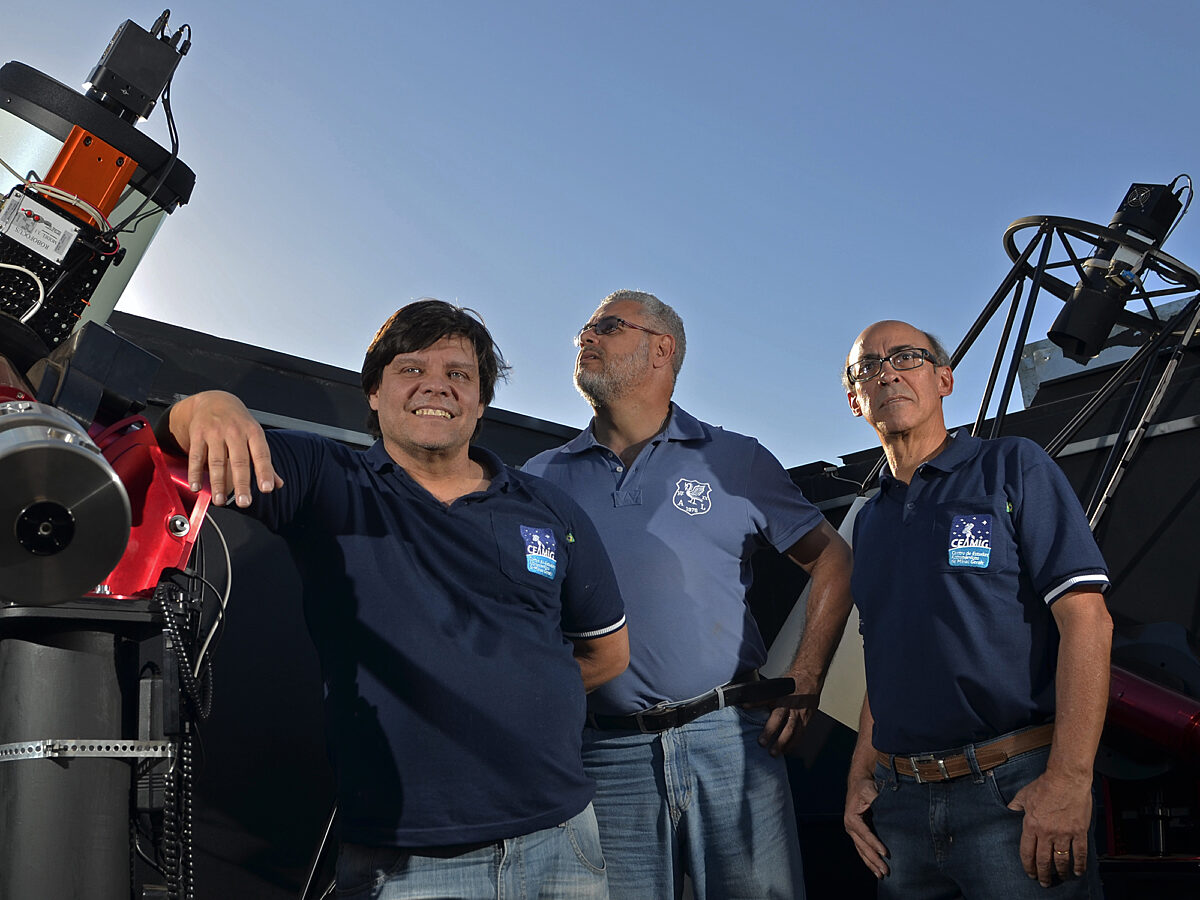
Korado Korlevic of Višnjan Observatory of Croatia is awarded $12,000 for a new more-sensitive CMOS camera improving sensitivity and download efficiency for their 1 meter diameter telescope. The observatory focuses on follow-up astrometric measurements of newly discovered NEOs. Korlevic was awarded a 2019 Shoemaker NEO Grant to recoat their mirror, and to purchase a new coma corrector. In 2020, they were third-ranked in the world in NEO discovery confirmations. The observatory also has educational visits by middle and high school students.
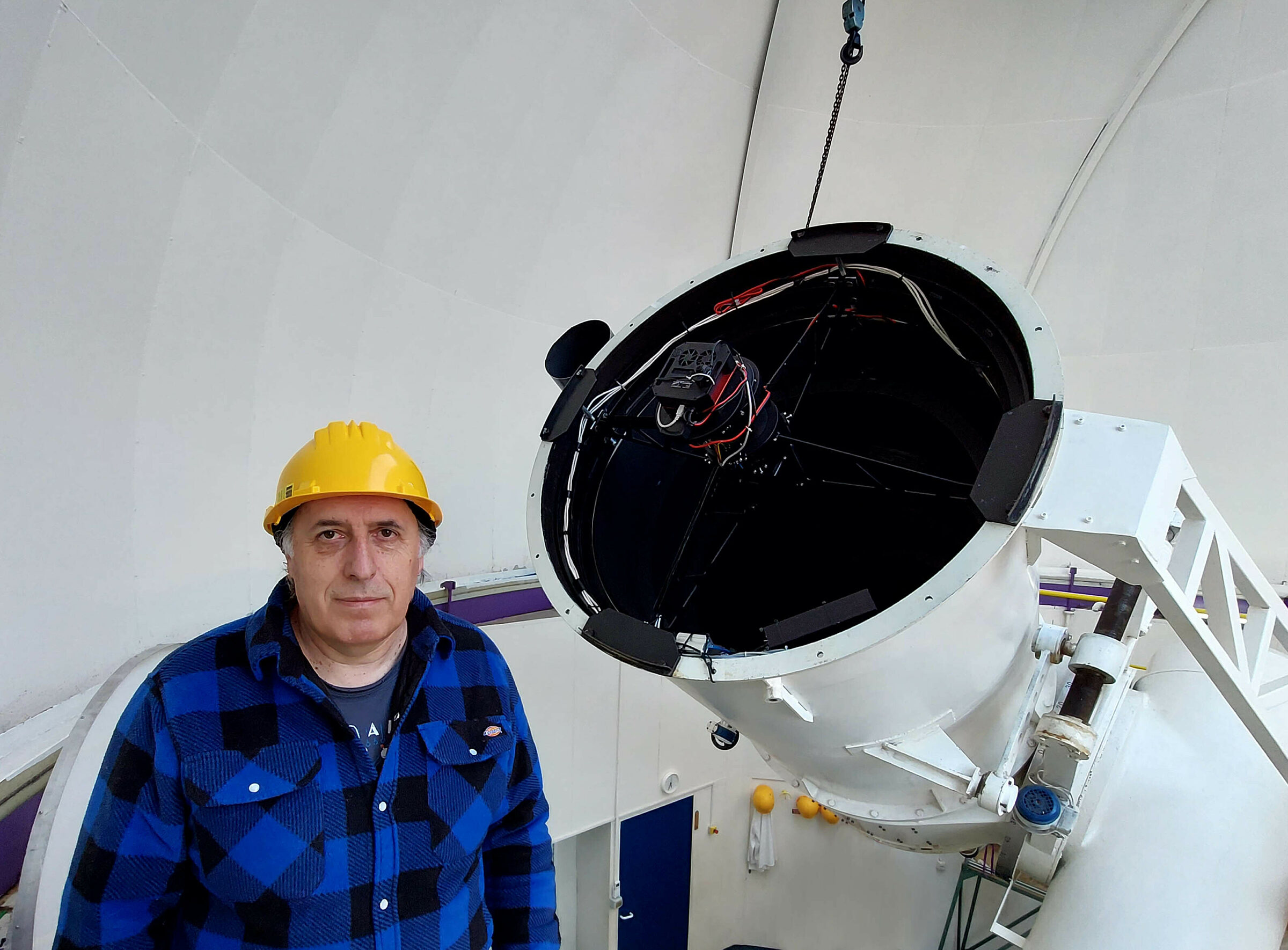
Alain Maury of the MAP survey in Chile, working with Georges Attard in France and Daniel Parrot in the USA, are awarded $8,000 for 2 cameras to facilitate their expansion from two telescopes to four. Their southern hemisphere location provides observations of the southern sky which is not as well covered by the professional surveys. Starting observations in late 2020, MAP discovered 33 NEOs by July 2021. This is by far the highest discovery rate for any amateur observatory ever! Adding two more telescopes will enable surveying more sky which will mean more discoveries and more follow up observations.
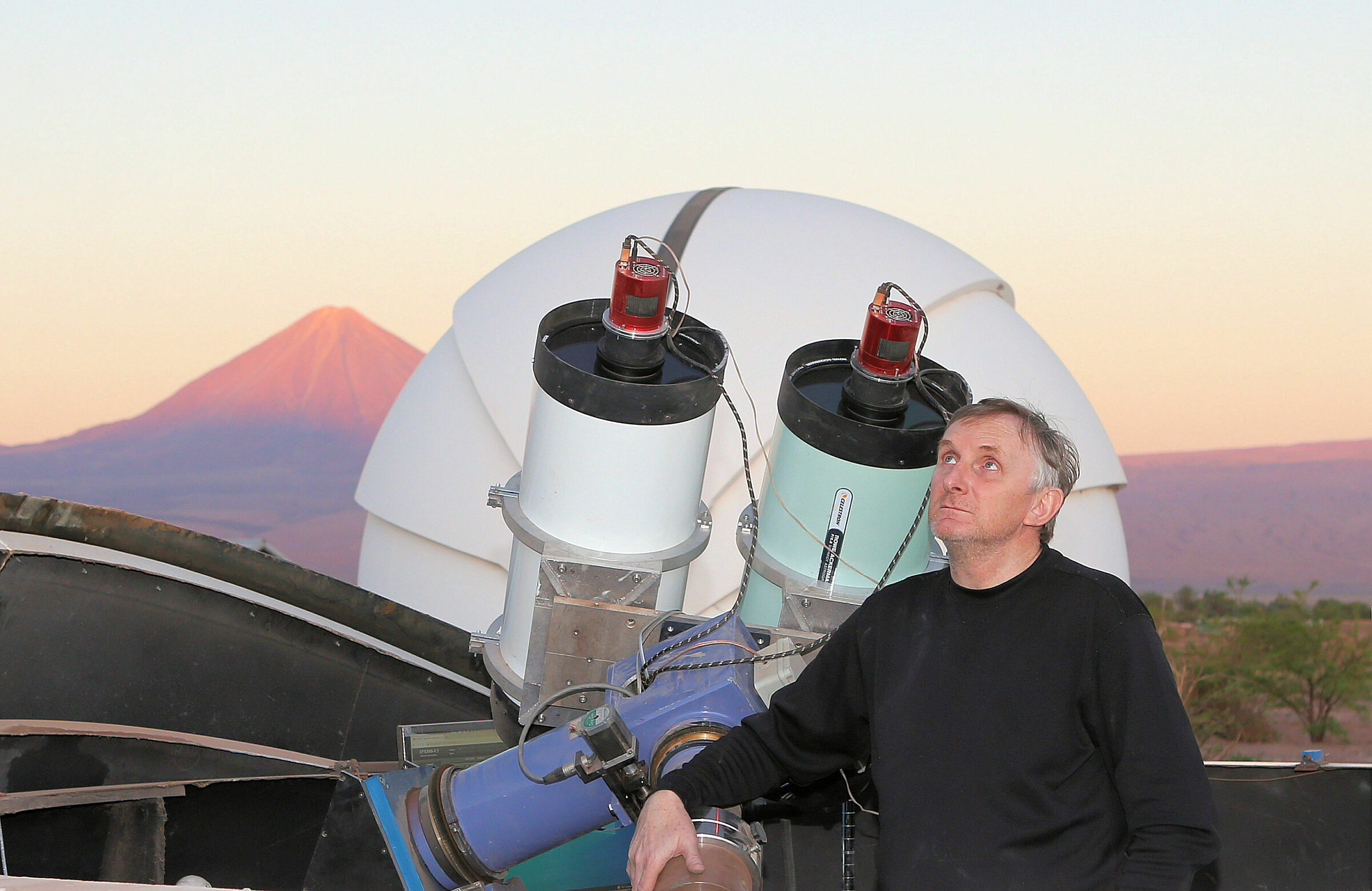
Florent Losse in France is awarded $3,760 to replace a camera and for a new secondary mirror to work with the new camera. Field of view will increase by threefold allowing better astrometry, photometry, and easier follow-up of fast moving objects. Better sensitivity will allow imaging of dimmer objects (to V=21.5). Prior to the camera failing, Losse was one of the top 10 observers in the world in number of NEO observations per year.
Congratulations to all the grant winners, and thank you to all our members and supporters for providing the resources for this program and helping to keep the Earth safe from impacts!
We are sincerely grateful to our expert advisory/review panel: Planetary Society NEO grant coordinator Tim Spahr, NEO Sciences LLC; Davide Farnocchia, JPL Center for NEO Studies; Joanna Levine, NEO Sciences, LLC; Carrie Nugent, Olin College of Engineering; and Michael Schwartz, Tenagra Observatories.


 Explore Worlds
Explore Worlds Find Life
Find Life Defend Earth
Defend Earth

